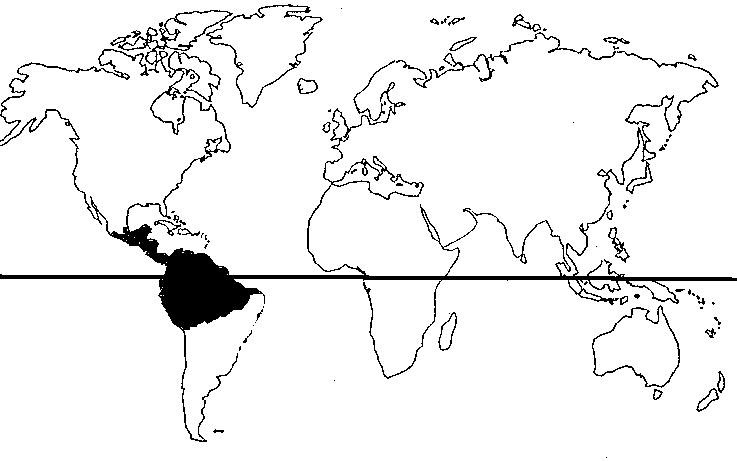Cumaru
Denominación.
• Scientist: Dioterix spp
• Spanish: Cumaríº
Provenance

Description of the wood
• Sapwood: Yellowish white.
• Heartwood: Brown to reddish brown.
• Fiber: Straight, often quite intertwined.
• Grain: Medium.
Impregnation
• Sapwood: Moderately impregnable
• Heartwood: Little impregnable
Mechanization
• Sawing: Difficult due to its hardness and its silica content, needing stylized saws and high power.
• Drying: Very slow. Slight foundation risk. High risk of fendas and less of deformations.
• Planning: Difficult due to its hardness, presenting generalized repellency due to its interlocking fiber. Machining should be revived very slowly.
• Gluing: Problems are described by their tannin content.
• Nailing and screwing: own difficulty due to its hardness. You need pre-drilling.
• Finish: The repelling requires careful sanding.
Applications
• Interior carpentry, doors, stairs, cladding, mouldings, skirting boards, friezes and especially parquet.
• Exterior carpentry, doors and windows.
• Carpentry of arming, Interior and exterior.
• Decorative plates.
• Cooperage.
Mechanical properties
• Resistance to static flexion 1,780 kg/cm2
• Elasticity module 220,000 kg/cm2
• Resistance to compression 680 kg/em'
Notes
- It is the wood of South America most similar to the African Tali-Elondo. Species very suitable for outdoor Deck, a good substitute for the Ipe and is often confused with this.


